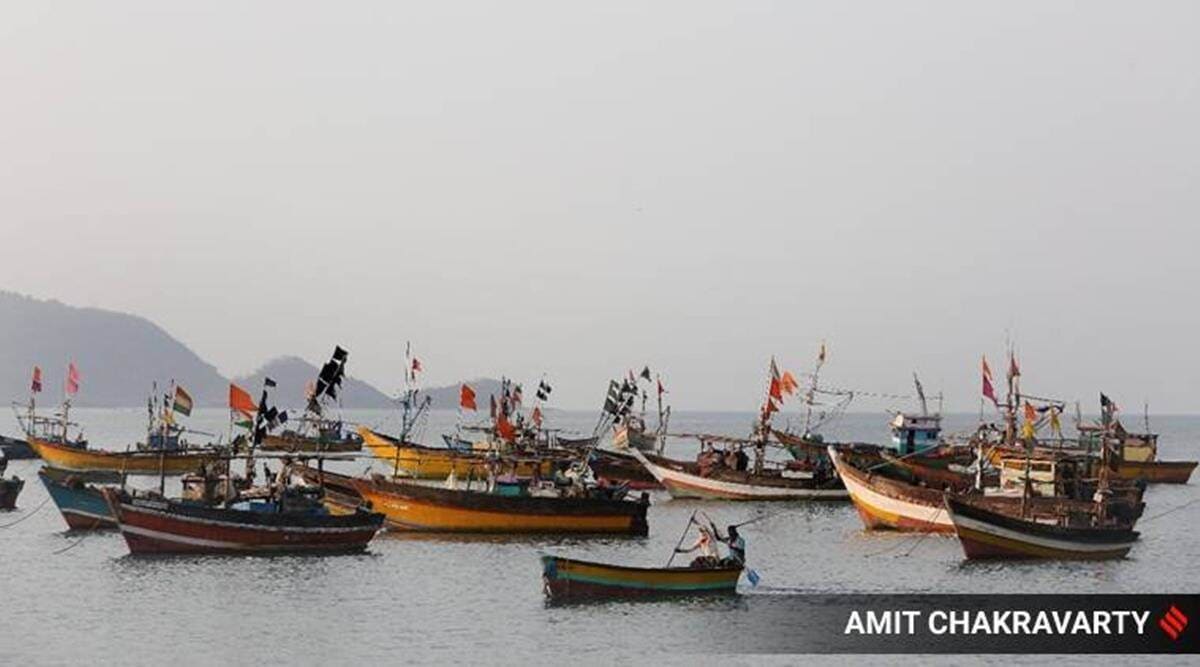 Transponders on sea-faring vessels help national and international authorities track their movement, and also to check all relevant information including routes, ports, ownership, nationality and history.
Transponders on sea-faring vessels help national and international authorities track their movement, and also to check all relevant information including routes, ports, ownership, nationality and history.Twelve years after the 26/11 attack exposed wide gaps in India’s coastal security, senior sources in the security establishment said that nearly 60 per cent of India’s nearly 3 lakh fishing boats are smaller than 20 meters, and most of them are yet to have transponders that can help the authorities track them, but several government departments are looking to fix the issue.
In 2009, the Centre had mandated that all fishing vessels over 20 metres long should have AIS transponders. However, this left out the smaller boats — the 26/11 attackers had used inflatable motor boats to reach Mumbai’s shores.
Transponders on sea-faring vessels help national and international authorities track their movement, and also to check all relevant information including routes, ports, ownership, nationality and history. In the absence of transponders, or Automatic Identification System (AIS), the vessels are tracked either through specific intelligence inputs, or through satellite monitoring.
The Navy’s proposal to create a National Maritime Awareness Center is under consideration by the Cabinet Committee on Security, and the center will be a multi-agency body including the Navy, Coast Guard, intelligence agencies, state maritime police forces, ministries of shipping, ports and fisheries, among others, for an integrated approach to maritime security, sources said.
According to an official, “several options are being considered” but finding a solution is a bit tricky since “the responsibility dilutes between the Centre and state governments” and the owners of these small vessels need to be compensated for installation of any transponders.
“The Fisheries Ministry is considering certain vessel operations,” said the security establishment official, and added that so is the Indian Space Research Organisation (ISRO), which, he said, shares pictures of fishing vessels around the Indian coastline with the Information Management and Analysis Centre (IMAC).
Established in November 2014, IMAC is the nodal center for maritime security information collation and dissemination.
In the absence of a large number of Indian boats still without AIS, which can potentially be used by adversaries, the senior official from the security establishment said that compared to 26/11, the IMAC and other systems are a lot more robust now. “Adversaries are aware that we are watching and monitoring, and that creates deterrence,” he said.
The government, the official asserted, “wants to ensure that every boat” should transmit some information. For the “dark ships” in the IOR, but beyond India’s international waters, agencies have to work on “satellite monitoring”.
Any commercial ship with gross tonnage (GRT) of over 300 is mandated to have AIS internationally. The official said that some large ships too “do not transmit on AIS” and are called dark ships. He stated that “these gaps are exploited by the subversive elements”.